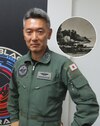Military historian Mat McLachlan on the Bombing of Darwin, Iwo Jima anniversary
The Bombing of Darwin, coupled with the Fall of Singapore just days before, marked the “lowest point” of the Pacific theatre for Australia, says a military historian, who has shared his analysis on the chain reaction caused by the tragic event.
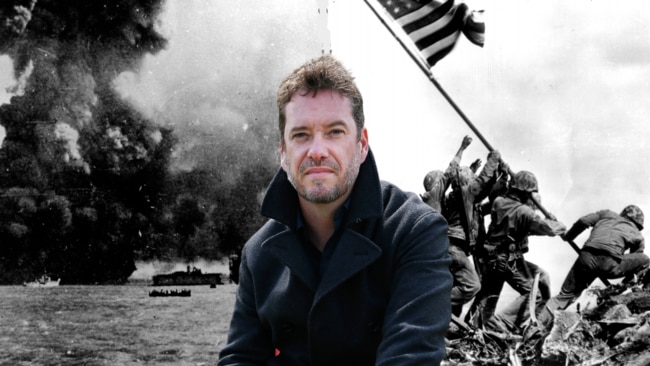
News
Don't miss out on the headlines from News. Followed categories will be added to My News.
The Bombing of Darwin, coupled with the Fall of Singapore just days before, marked the “lowest point” of the Pacific War for Australia, says a military historian as we mark the tragedy’s 83rd anniversary.
In an interview with the NT News, historian Mat McLachlan has shared his analysis on the first and largest attack on Australian soil and why it triggered a significant chain reaction across the globe.
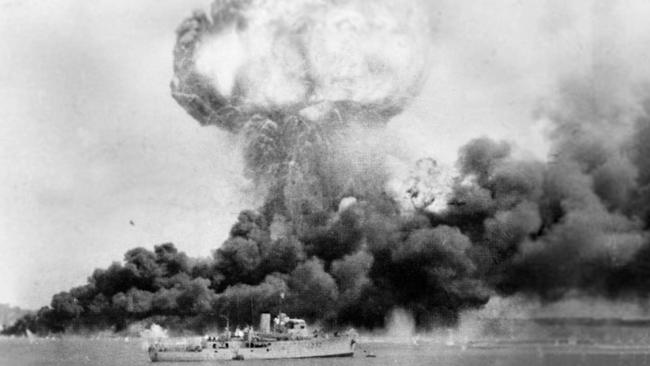
The British are “not going to be there for us”
On February 19, 1942, Japanese planes levelled Darwin in a chaotic bombing raid just four days after the shock loss of Singapore – a tremendous double blow for the Allies.
With more than 200 people killed and dozens of vessels targeted, the Bombing of Darwin sent shockwaves through the nation.
“We should remember they occurred in the same week, so you could certainly lump them together,” Mr McLachlan said.
“And the Bombing of Darwin was a huge change for Australia – we had always been sending our troops overseas, but now we had found ourselves attacked for the first time.
“So Singapore and Darwin combined was absolutely the lowest point of the war.”
Such was the shock of Japanese planes laying waste to Darwin that Prime Minister John Curtin described the attack as a “severe blow” to Australia, forcing the nation’s leader to change strategy.
“It was a huge wake-up call and a big change in perspective because we were now under threat,” Mr McLachlan said.
“Our troops were withdrawn from Africa where they were at the time, as well as New Zealand troops.
“It created a big rift between Australia and the UK – we’d always looked to them as a protector, but the Japanese advance demonstrated the British were not going to be there for us.”
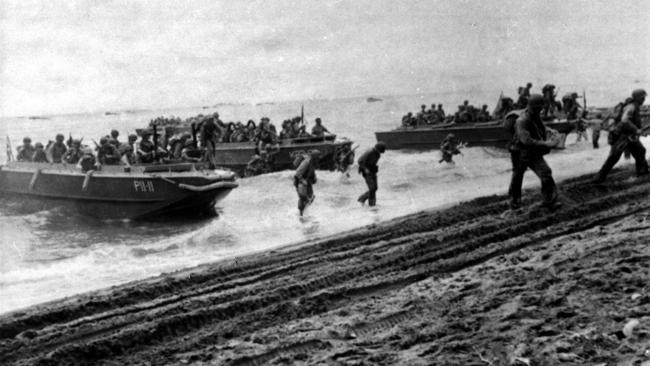
Canberra and D.C. team up
With Darwin still recovering, Australia cast its gaze to a new power which had recently entered the fray.
“The Bombing of Darwin led to the strategic decision to pair up with America as our pacific partner, which obviously still stands today,” Mr McLachlan said.
“It was a huge global shift partnering with America for military operations and it had a big knock-on effect here in Australia.”
In the months following the attack, Australian and US troops began to converge on the Asia-Pacific region – a period in which the Japanese Empire reached its “high watermark”.
“The furthest the Japanese got to was Guadalcanal, which was about six months after Darwin (was bombed),” Mr McLachlan said.
“Every step the Japanese took after Guadalcanal was backwards towards Tokyo.”
Across Papua New Guinea, the Solomon Islands and the Coral Sea, the Allies began the steady process of pushing the Japanese Empire north – a complex process, according to Mr McLachlan.
“It was a hell of a grind, but in some instances there was clever strategy,” he said.
“Operation Cartwheel, for example, meant ignoring the Japanese stronghold of Rabaul and just capturing the islands around it to cut it off from resupply – that was very clever and saved a lot of lives.”
The Japanese psyche shifts
Through his research, Mr McLachlan said he has developed “a pretty good” gauge of what Japanese troops were thinking as the tide of war turned against them.
Having written a book about the Cowra breakout of 1944, where hundreds of Japanese prisoners – including some captured in the Northern Territory – escaped into open country, Mr McLachlan said Japanese desperation grew in the face of adversity.
“It actually hardened the Japanese fighting spirit as the losses piled up,” he said.
“The Japanese psyche changed from imperialism and a desire to dominate Asia to ‘we’ve got to fight tooth and nail to defend our homeland and our families’.”
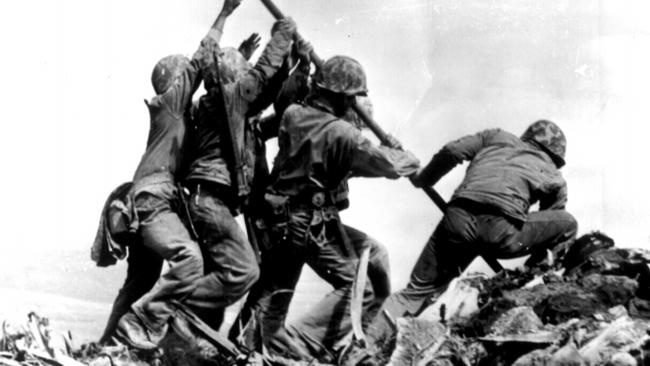
Payback, with a touch of irony
It was February 19, 1945 – precisely three years after the Bombing of Darwin – that Japan’s homeland would feel the full weight of a foreign enemy.
Iwo Jima, a Japanese volcano island, would become the first piece of Japanese sovereign land invaded by the Allies.
“It was one of the most horrific battles of the Pacific War,” Mr McLachlan said.
“It’s the only battle where Allied forces had more casualties than the Japanese, although that’s slightly misleading because all the Japanese casualties were dead effectively, whereas the Allied casualties included wounded as well as killed.”
While further territories, such as Okinawa, were yet to be cleared, it is the hard-fought occupation of Iwo Jima that stands out for Mr McLachlan.
“If you look at Darwin in 1942, the Japanese were on a roll and they were unstoppable,” he said.
“Fast forward three years, it was exactly the opposite.”
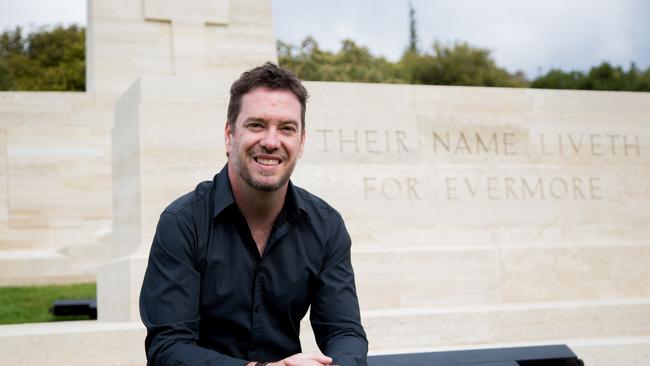
Now leading company Battlefield Tours, Mr McLachlan said the pacific region was a difficult place to examine historic combat zones.
“It’s very spread out, they’re hard to get to, expensive and it can be difficult to see the battlefield site,” he said.
For those wanting to get a better grasp of the Pacific War, Mr McLachlan suggested starting from Australia’s ‘lowest point’.
“Darwin is a very good place to go and learn the story and Singapore is also an excellent place to go and learn the story too.”
To learn more, visit battlefields.com.au
The annual Bombing of Darwin commemorative service will be held at the Darwin Cenotaph on Wednesday from 9.30am.
The event will include an air raid siren at 9.58am, the exact time the first siren sounded on the 19th of February in 1942.
Following the siren there will be a live re-enactment of events of the day.
There will also be performances by the Band of the 1st Brigade, Australian Defence Force Catafalque Party, a commemorative address and a wreath laying.
More Coverage
Originally published as Military historian Mat McLachlan on the Bombing of Darwin, Iwo Jima anniversary

